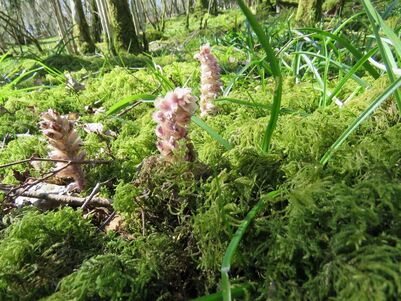 Toothwort, Lathraea squamaria
Toothwort, Lathraea squamaria Today, we discover toothwort for ourselves, which is even better. So, an interlude of looking closely to consider this parasitic plant's habit and habitat. What we see emerging from a thick and deep cushion of mosses strewn with dead twigs is merely the plant's flowering. New flowers appear close to the trunk of the host tree, disguised in mosses.
Delighted to find toothwort, it's a remarkable plant, so I take photographs to show the flower and its habitat. And to show the strange structure and texture of the flower. Toothwort is pollinated by bumblebees and one settles on a flower to take pollen from its anthers that reach out, invitingly. A brimstone flutters through the trees. Someone has attacked the ivy in which the butterflies overwinter, not realising ivy's importance as shelter and sustenance for a range of species. The play of light through the trees and down to the woodland floor is lovely.
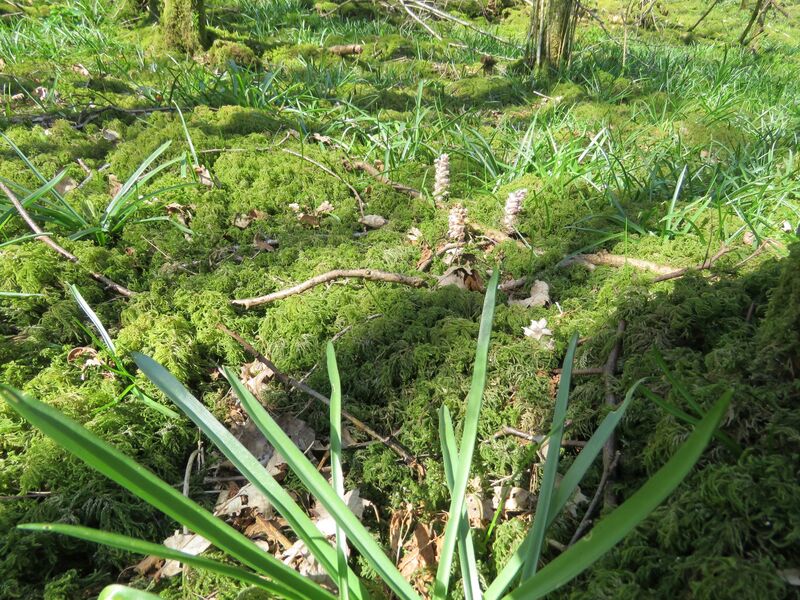

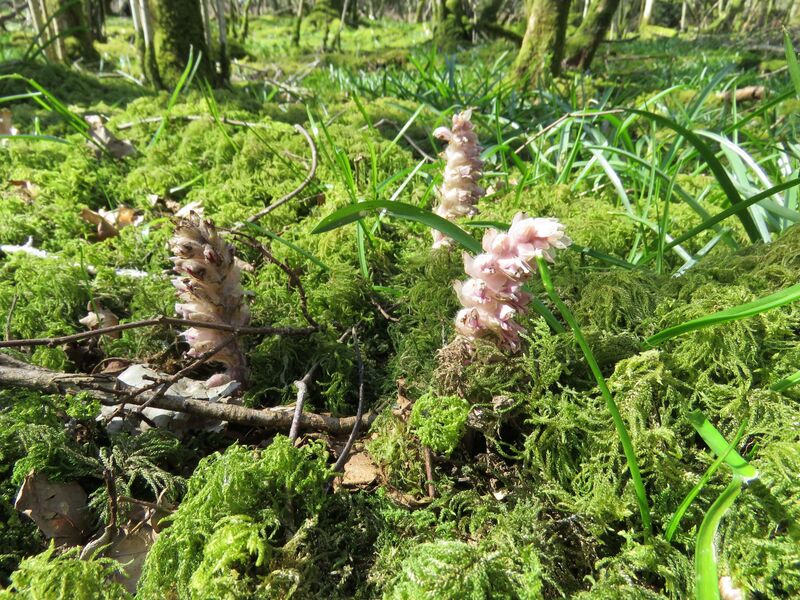
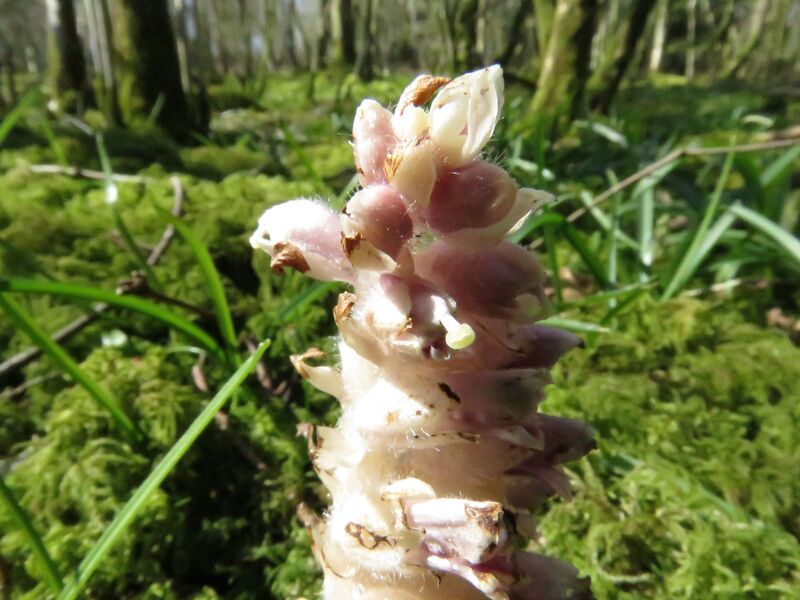
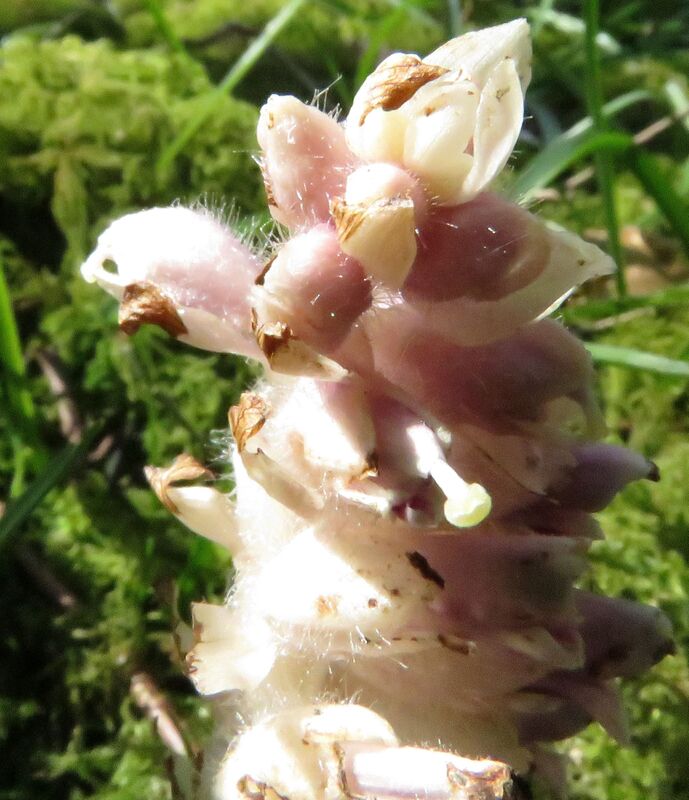
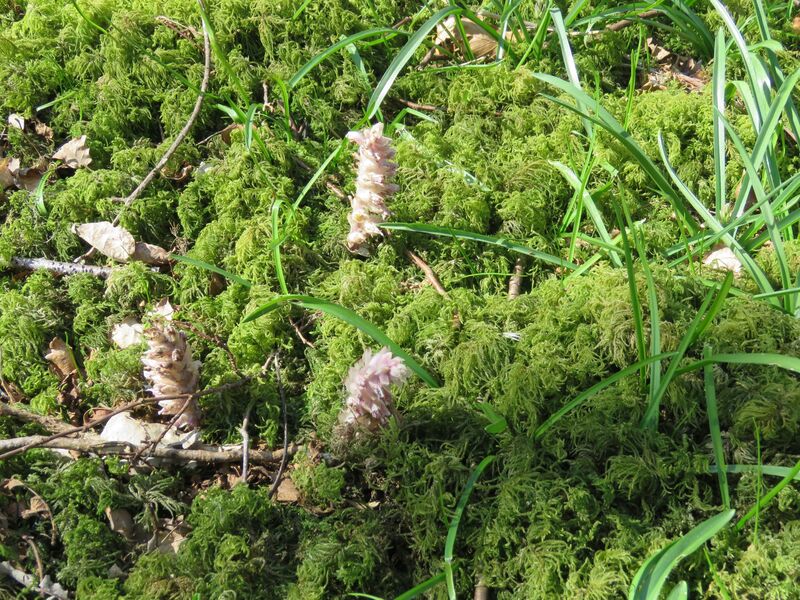
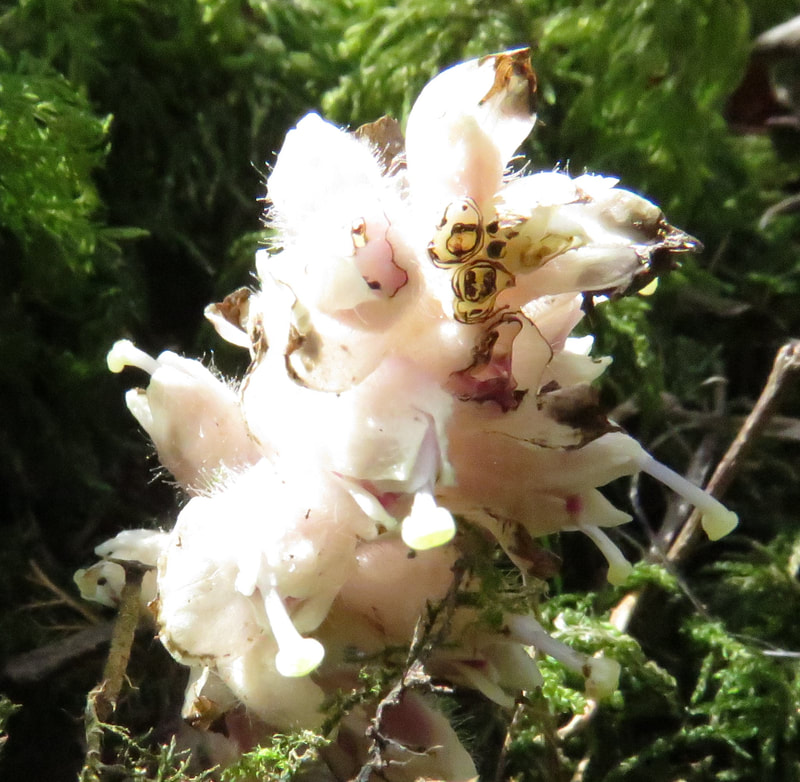
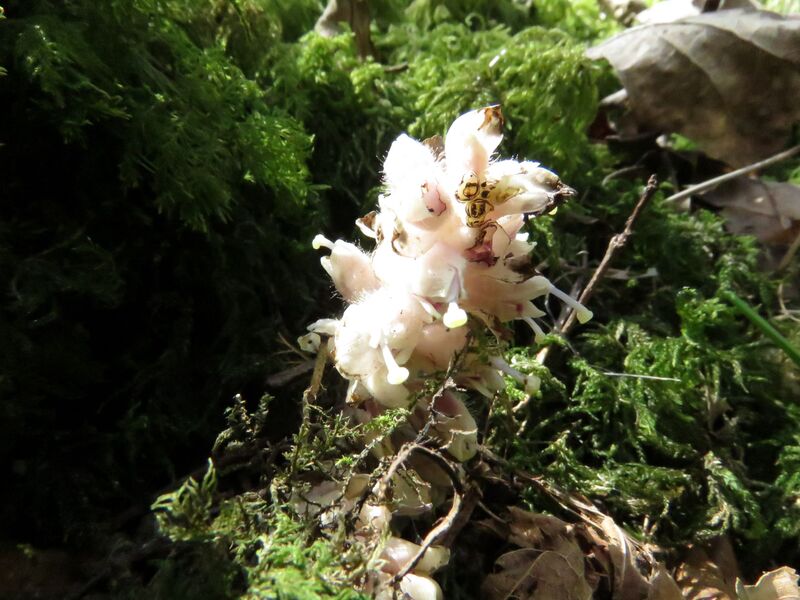
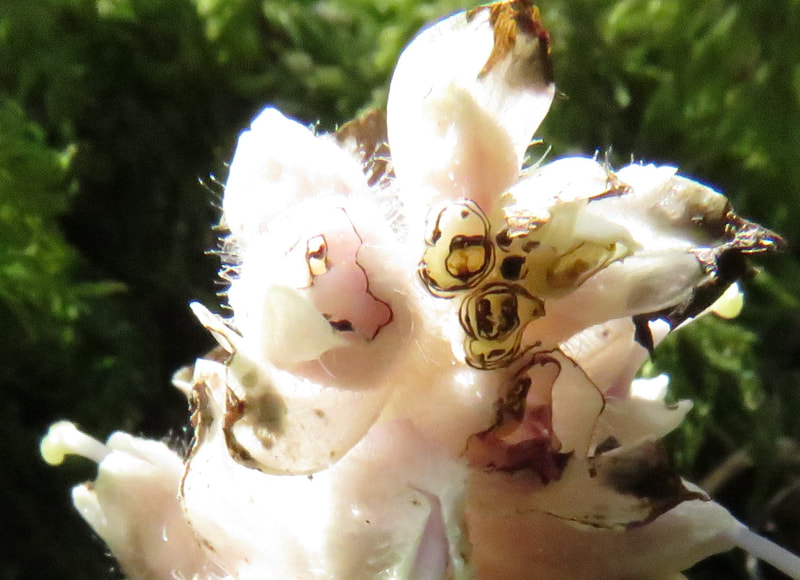
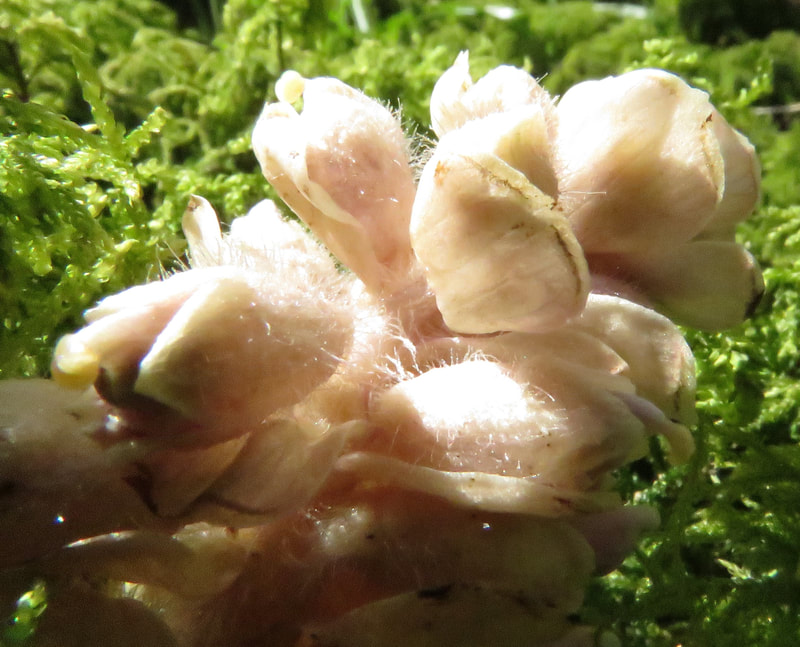
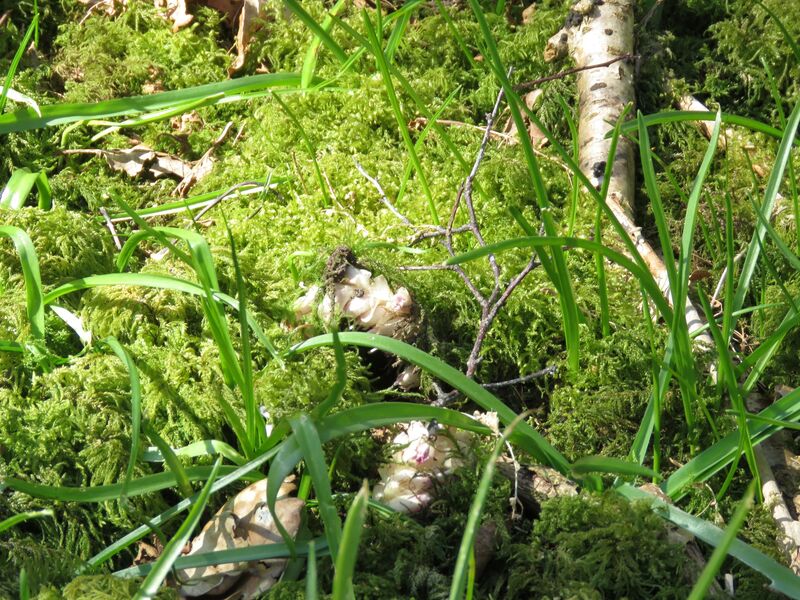
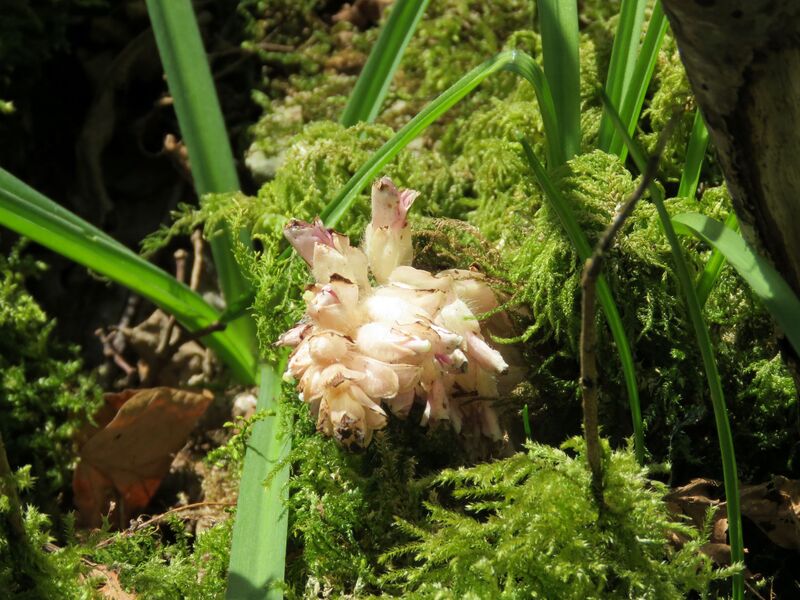
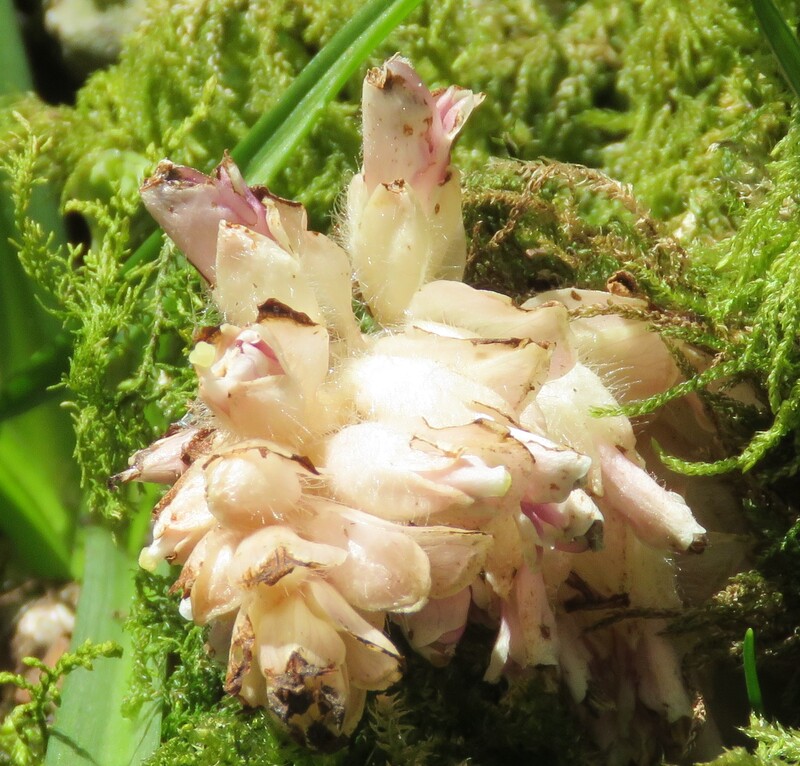
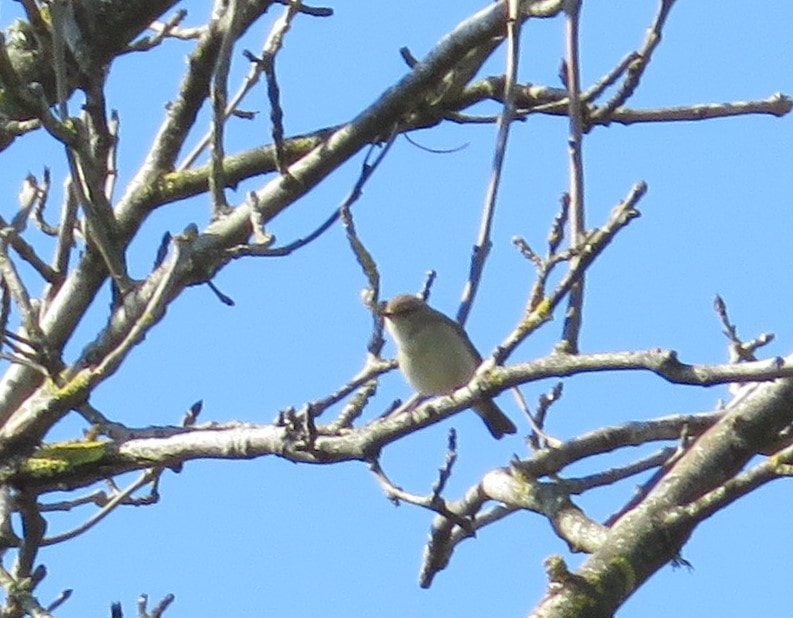
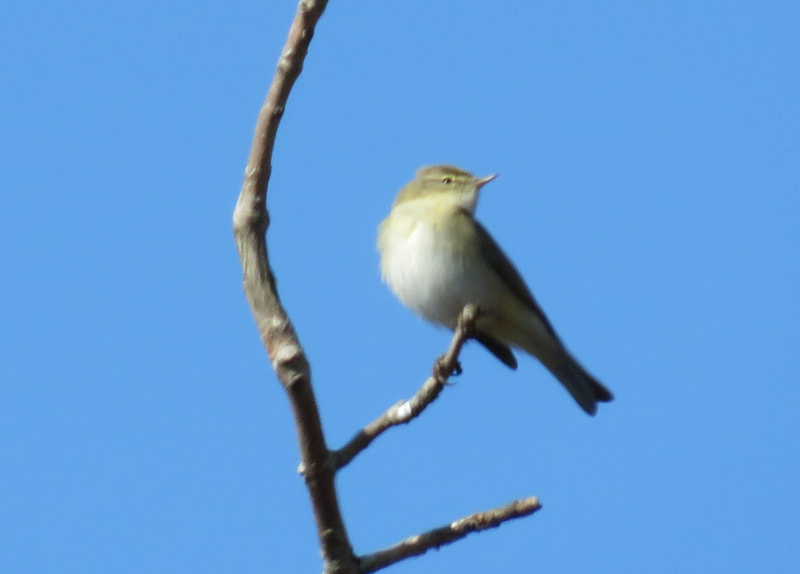
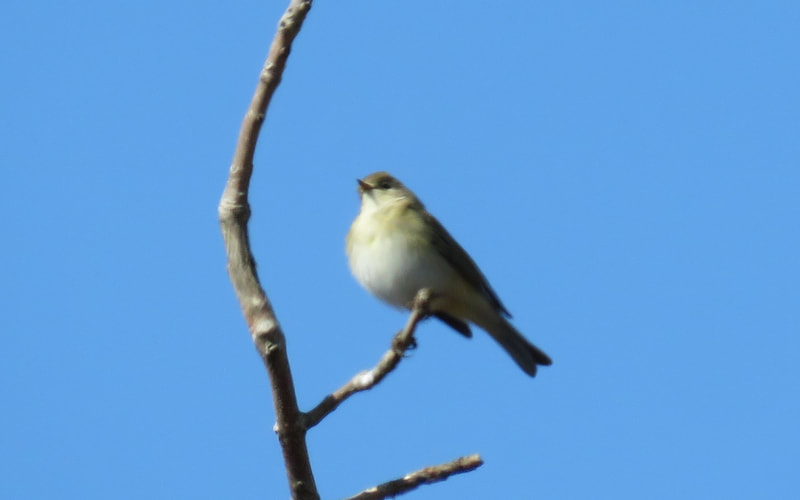
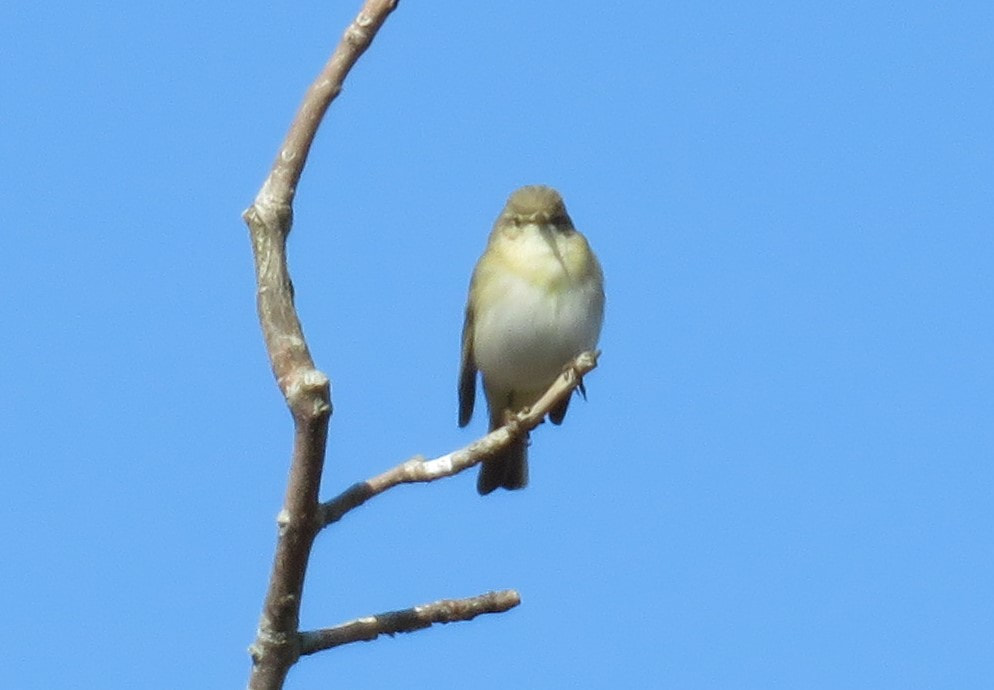
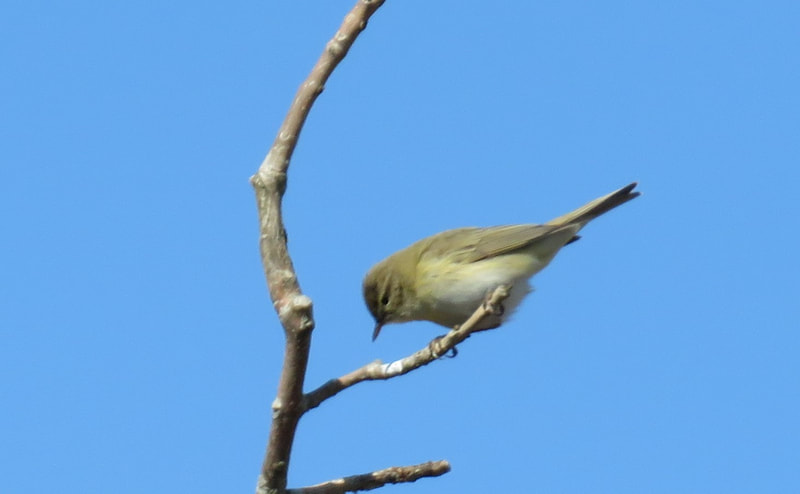
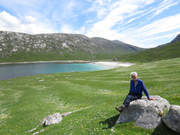
 RSS Feed
RSS Feed